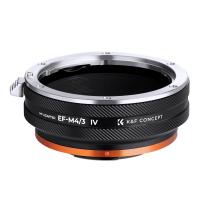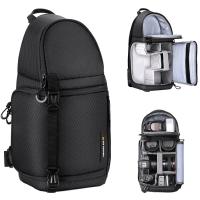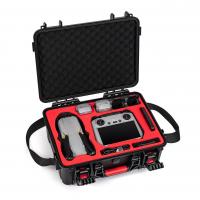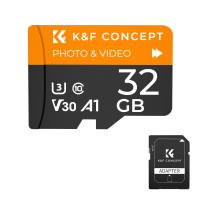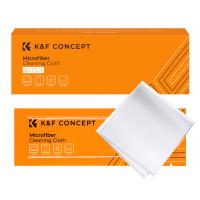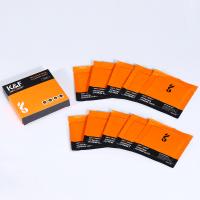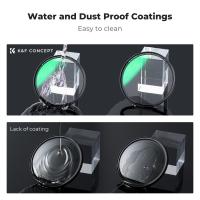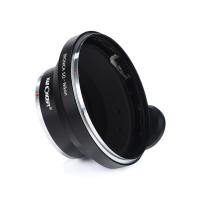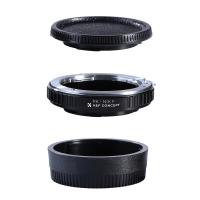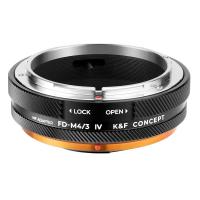How To Choose A Binoculars ?
When choosing binoculars, consider the following factors: magnification, objective lens diameter, field of view, eye relief, and prism type. Magnification refers to how much closer the object appears compared to the naked eye. Objective lens diameter determines how much light enters the binoculars, affecting image brightness. Field of view is the width of the area visible through the binoculars. Eye relief is the distance between the eyepiece and your eye, affecting comfort and ease of use. Prism type affects image quality and size.
Consider your intended use for the binoculars. If you plan to use them for birdwatching or other outdoor activities, a wider field of view and higher magnification may be important. If you wear glasses, look for binoculars with longer eye relief. Consider the weight and size of the binoculars for portability. Finally, set a budget and compare options within that range.
1、 Magnification and Objective Lens Diameter
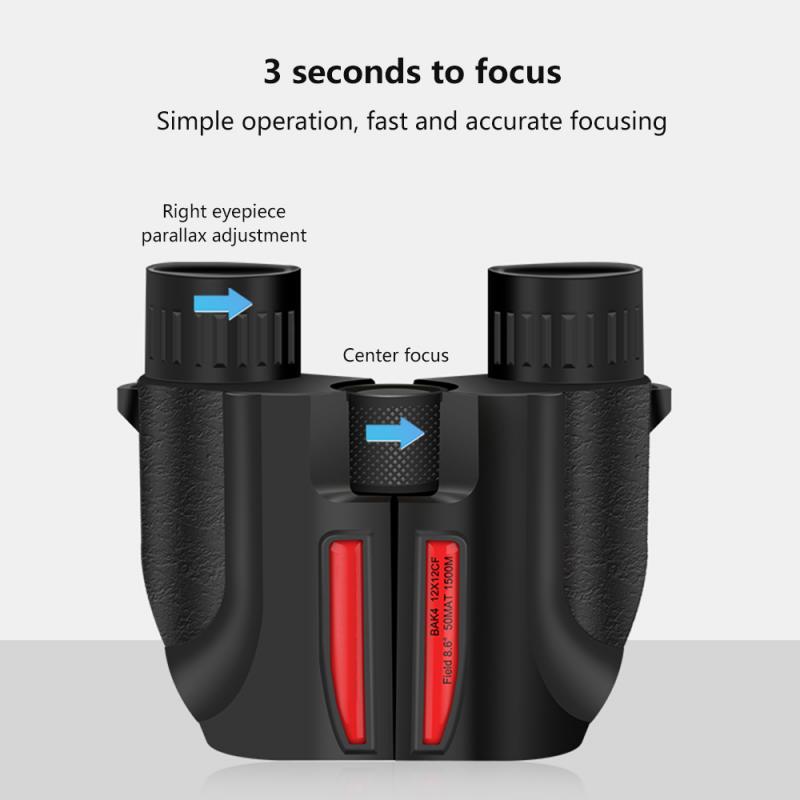
How to choose binoculars? There are several factors to consider, but two of the most important are magnification and objective lens diameter.
Magnification refers to how much closer an object appears when viewed through the binoculars. Common magnifications for binoculars range from 8x to 12x, with some models offering even higher magnification. However, higher magnification doesn't always mean better. Higher magnification can make the image shakier and harder to focus, especially if you don't have a steady hand or are using the binoculars without a tripod. For most general-purpose use, an 8x or 10x magnification is sufficient.
Objective lens diameter refers to the size of the front lenses of the binoculars. The larger the objective lens diameter, the more light the binoculars can gather, resulting in a brighter and clearer image. However, larger objective lenses also mean heavier and bulkier binoculars. For most general-purpose use, a 42mm objective lens diameter is a good compromise between brightness and portability.
In addition to magnification and objective lens diameter, other factors to consider when choosing binoculars include the type of prism used (roof or porro), the quality of the optics, the durability of the construction, and the ergonomics of the design.
It's also worth noting that advancements in technology have led to the development of image-stabilized binoculars, which can compensate for hand shake and provide a steadier image. However, these binoculars tend to be more expensive and heavier than traditional binoculars.
2、 Prism Type

When choosing a binocular, one of the most important factors to consider is the prism type. There are two main types of prisms used in binoculars: roof prisms and porro prisms.
Roof prisms are more compact and streamlined, making them a popular choice for birdwatching and other outdoor activities. They also tend to be more durable and resistant to damage from drops and impacts. However, they can be more expensive than porro prisms.
Porro prisms, on the other hand, are bulkier and less streamlined, but they offer better image quality and a wider field of view. They are also generally less expensive than roof prisms.
When choosing between roof and porro prisms, it's important to consider your specific needs and preferences. If you prioritize portability and durability, a roof prism binocular may be the best choice. If image quality and a wider field of view are more important to you, a porro prism binocular may be the better option.
It's also worth noting that there have been recent advancements in prism technology, such as dielectric coatings, which can improve image quality and brightness in both roof and porro prism binoculars. When shopping for binoculars, be sure to look for these types of advancements and consider how they may impact your decision.
3、 Coatings and Image Quality
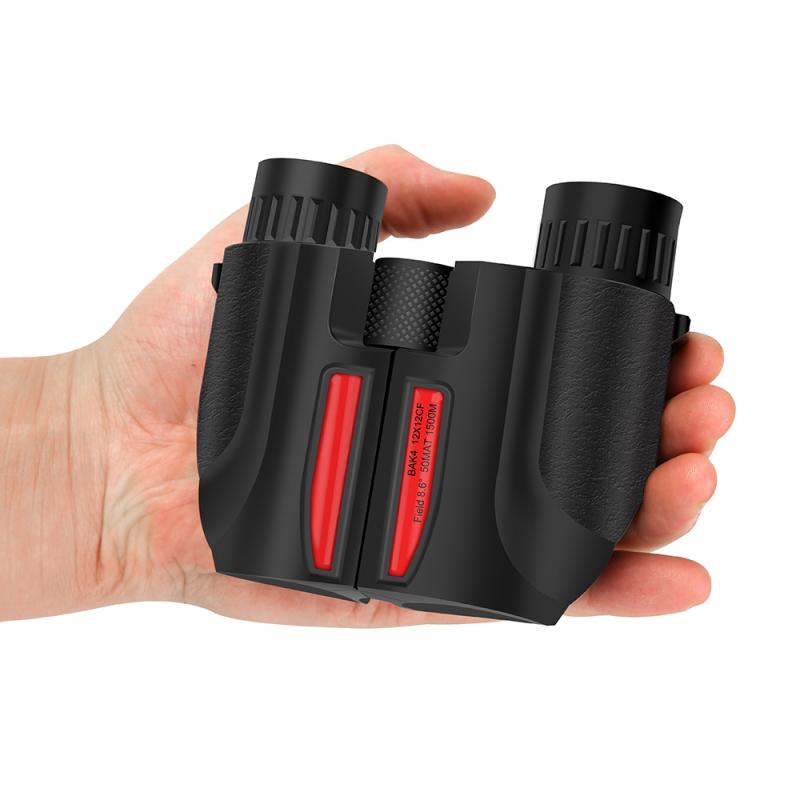
Coatings and Image Quality are two important factors to consider when choosing binoculars. Coatings refer to the layers of material applied to the lenses to improve image quality, while image quality refers to the clarity, brightness, and sharpness of the image seen through the binoculars.
When it comes to coatings, there are several types to consider. Fully multi-coated lenses are the best option as they provide the highest level of light transmission and image clarity. However, they can be more expensive. Multi-coated lenses are a good alternative as they provide good image quality at a more affordable price point. Coated lenses are the most basic option and provide the least amount of image clarity and brightness.
Image quality is also an important consideration. Look for binoculars with a high magnification and objective lens diameter, as these will provide a clearer and brighter image. However, keep in mind that higher magnification can also lead to a shakier image, so consider a tripod or image stabilization technology if you plan to use the binoculars for extended periods of time.
Additionally, consider the type of prism used in the binoculars. Roof prisms are more compact and durable, while Porro prisms provide a wider field of view and better depth perception.
Finally, it's important to consider the latest advancements in binocular technology. For example, some binoculars now come with ED (extra-low dispersion) glass, which reduces chromatic aberration and provides a clearer image. Others may have coatings specifically designed to repel water and fog, making them ideal for outdoor use in all weather conditions.
Overall, when choosing binoculars, it's important to consider both coatings and image quality, as well as the latest advancements in technology, to ensure you get the best possible viewing experience.
4、 Field of View and Eye Relief
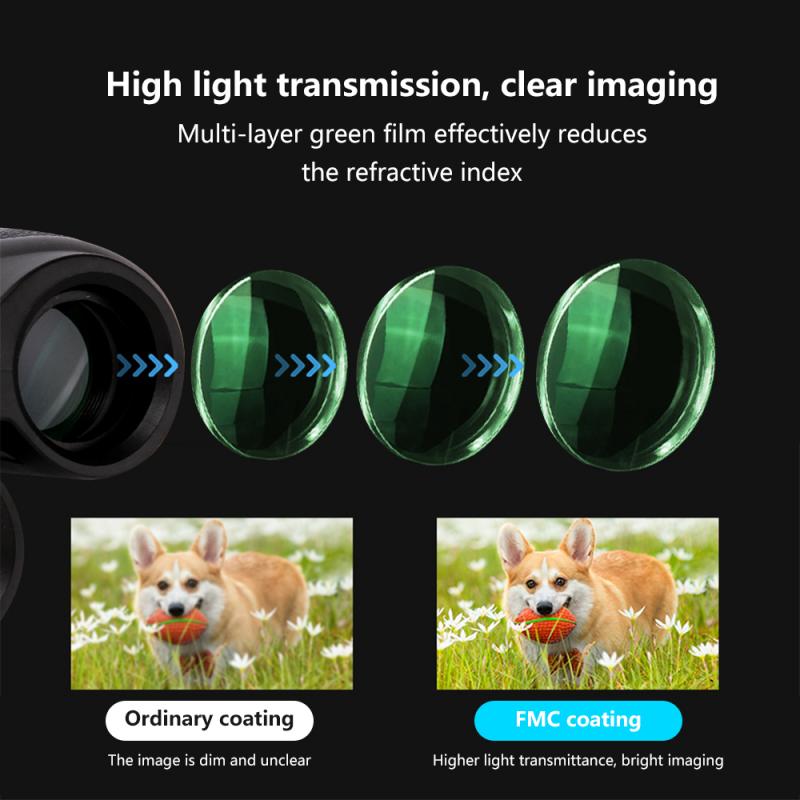
How to choose binoculars? There are several factors to consider, but two of the most important are Field of View and Eye Relief.
Field of View refers to the width of the area you can see through the binoculars. A wider field of view is generally better, as it allows you to see more of your surroundings. However, a wider field of view often comes at the expense of magnification, so you'll need to find a balance that works for your needs. The latest point of view is that some binoculars now come with wider fields of view, thanks to advances in lens technology.
Eye Relief is the distance between the eyepiece and your eye when the binoculars are in focus. This is important for people who wear glasses, as they need a longer eye relief to see the entire field of view. The latest point of view is that some binoculars now come with adjustable eye relief, which is great for people who wear glasses or have different eye distances.
When choosing binoculars, it's important to consider both Field of View and Eye Relief, as they can greatly impact your viewing experience. Look for binoculars with a wide field of view and adjustable eye relief to get the best of both worlds. Additionally, consider the magnification, objective lens size, and overall build quality to find the perfect pair of binoculars for your needs.























